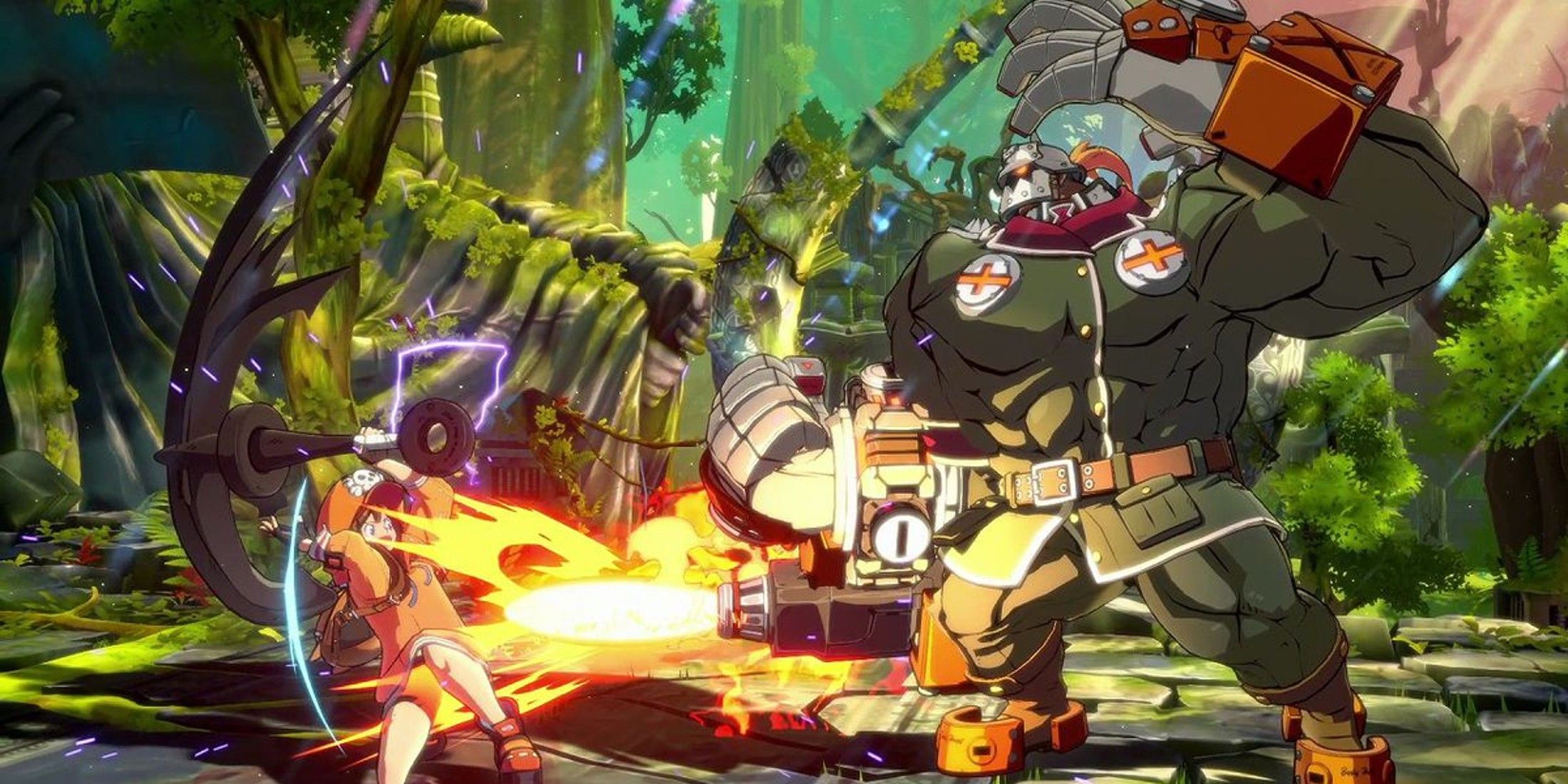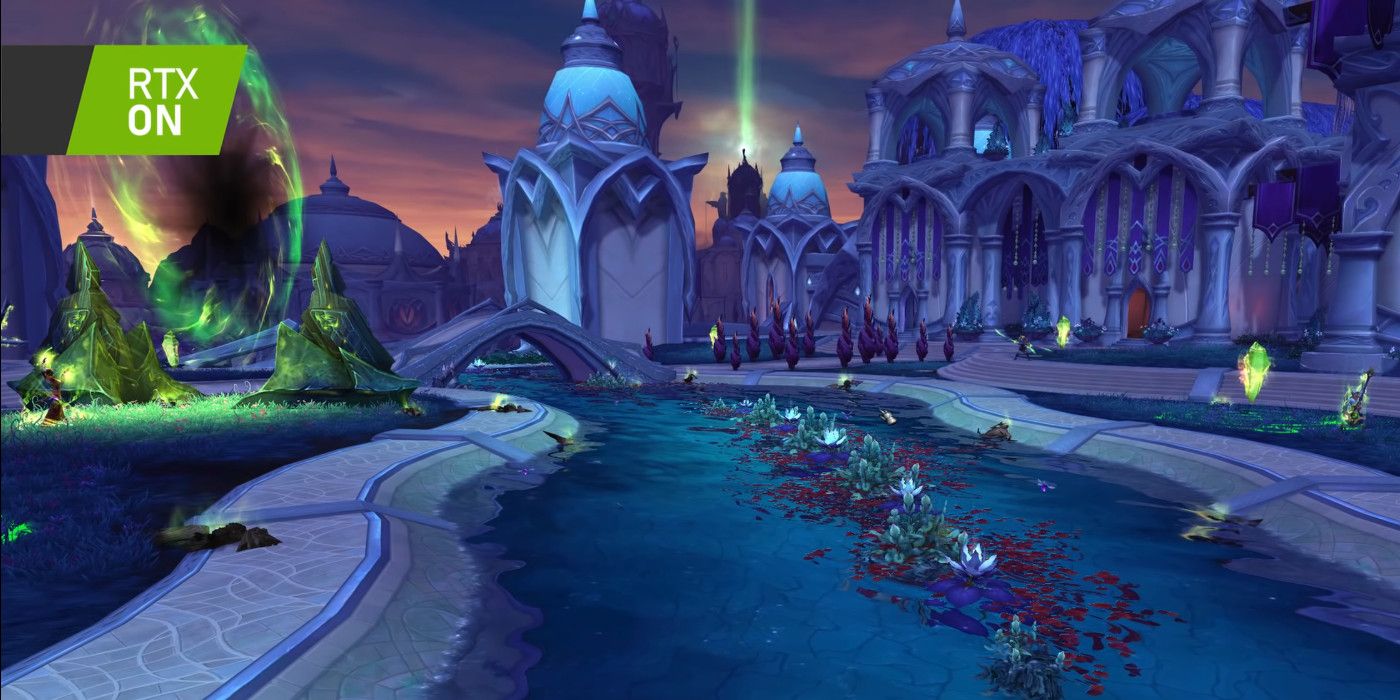Gamers who are excited about next-gen technologies have been keeping their eyes open for titles expected to make use of the latest and greatest rendering techniques. AMD and Microsoft have announced that Direct X 12's Raytracing (DXR) will be supported in more titles than ever, particularly Dirt 5, Godfall, Far Cry 6, The Riftbreaker, and World of Warcraft: Shadowlands.
Ray-tracing may make a big difference in titles where light and shadow play a big part in setting the mood, such as Cyberpunk 2077 and World of Warcraft: Shadowlands. Games which have a lot of reflective surfaces in its scenes will also benefit from ray-tracing, since the whole point of a reflective surface is that it takes on the color of whatever light is shining directly at it. Without ray-tracing, mirrors in games would never work.
Other titles which are already expected to support ray-tracing include Call of Duty: Black Ops, Devil May Cry 5, Fortnite, Ratchet and Clank: Rift Apart, Watch Dogs Legion, and many more. Some have even taken managed to program the enhanced graphics techniques in themselves, allowing existing games like Grand Theft Auto 5 to enable ray-tracing with mods. The ability to render realistic scenes has been capturing imaginations for decades, and it's easy to see why.
Only recently has graphics technology advanced to the point ray-tracing can be done in real time. The technique was first developed in the 1980s, after J. Turner Whitted, an engineer at Bell Laboratories, published his 1979 paper, "An Improved Illumination Model for Shaded Display," which described the fundamentals of ray-tracing. Essentially, in order to determine what the color a pixel on the screen should be, the computer calculates the direction of a ray from the camera to the surface, and from the surface to light sources and other objects in the environment. By comparing the surface's reflective properties with the light it is receiving from nearby objects, the computer renders a more realistic scene.
Some may argue that ray-tracing technology has reached the point of diminishing returns. A typical gamer will not particularly care about the placement and softness of shadows in the stands if they are too busy keeping their eye on the football in Madden NFL 21. While ray-tracing does allow for a more accurately rendered environment, there is a trade off in how much energy is put in to make that happen.
The launch of the PlayStation 5 and the Xbox Series X consoles will put ray-tracing in more gamers' homes than ever before, and the next few years will really determine whether the robust graphics technology is worth it for the average player. Many are excited, some are skeptical, but it is clear that real-time ray-tracing will continue to be a big thing for game developers to crow about for years to come.
Source: AMD





